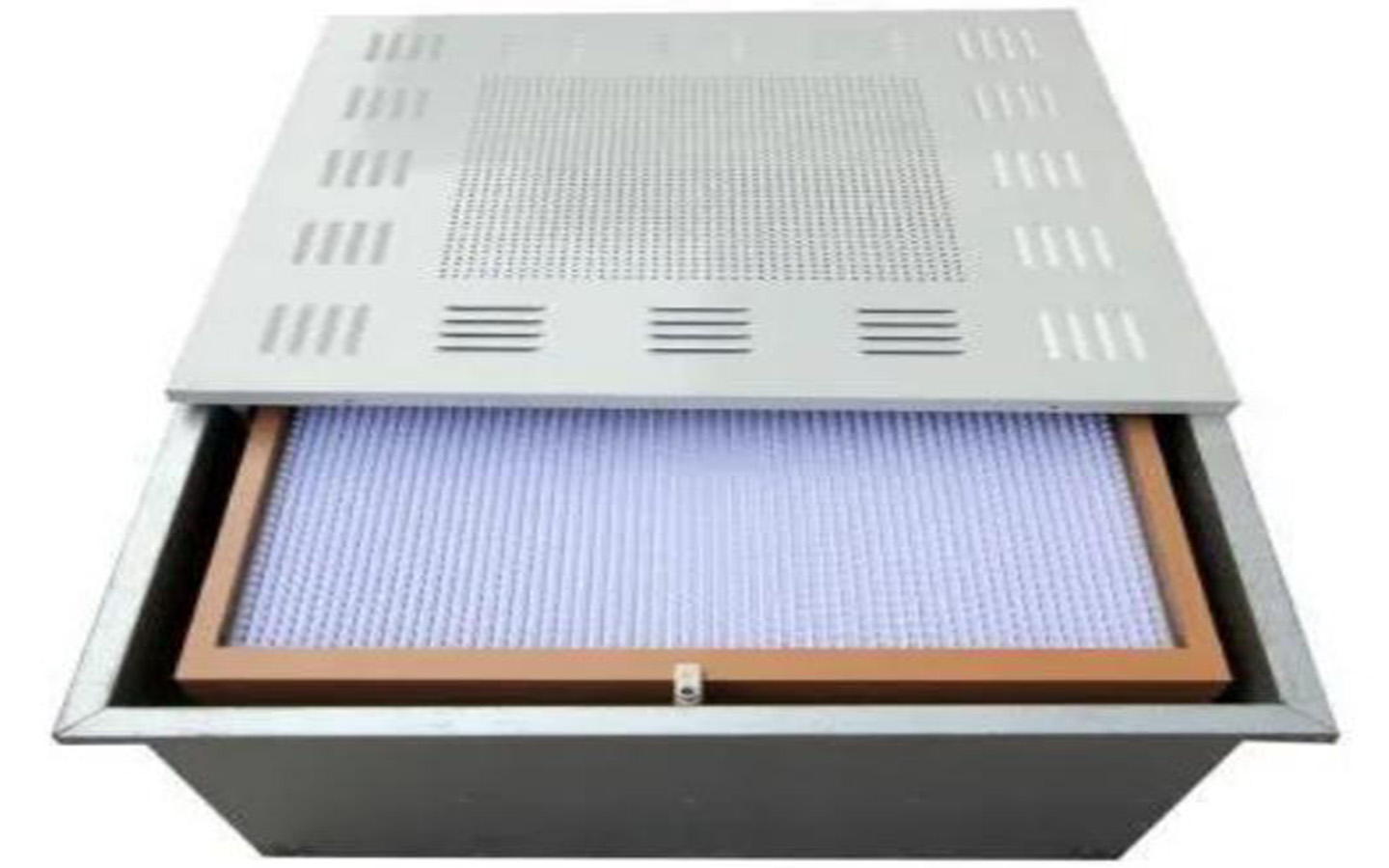The test dust source for the sodium flame method is a polydisperse phase sodium chloride salt spray, with the “amount” being the brightness of the hydrogen flame when the salt-containing spray is burned. The brine is stirred by compressed air and splashed, dried to form tiny salt crystal particles and enter the air duct, sampled before and after the filter. Containing salt spray air samples to make the color of the hydrogen flame blue, brightness increased to the brightness of the flame to determine the concentration of salt spray air, and in this way to determine the efficiency of the filter on the salt spray filtration. The main testing instrument for the flame photometer, the method can only sponge detection sensitivity is not high, can not be detected on the ultra-high efficiency filter.

Oil mist method of testing the dust source for oil mist, “amount” for the turbidity of the air containing oil mist to filter the turbidity difference between the air samples before and after the filter to determine the filter efficiency of the filter on the oil mist particles. Germany provides for the use of paraffin oil, oil mist particle size of 0.3 ~ 0.5 microns. Oil mist method in the detection of the filter, easy to damage the filter, and can not be read directly, wasting time.
3. DOP method
This method used to be the common international method for testing HEPA sponges. Its test dust source is a 0.3 micron droplet of monodisperse dioctyl phthalate (DOP), also known as “hot DOP”, and the “amount” is the degree of turbidity of the DOP-containing air. The DOP liquid is heated into a vapor, which condenses into tiny droplets under specific conditions, leaving particles of about 0.3 microns after the removal of oversized and undersized droplets, and enters the air ducts, where the turbidity of the air samples before and after the filter is measured, and the filtration efficiency of the filter for 0.3 microns of dust is thus judged.
4. Fluorescence method
The test dust source for the fluorescence method is sodium fluorescein dust produced by the sprayer. The test method is to first sample before and after the filter sponge, then dissolve the sodium fluorescein on the sampled filter paper with water, and then measure the fluorescence brightness of the sodium fluorescein-containing aqueous solution under specific conditions, the brightness responds to the weight of the dust, and the filter efficiency of the filter is thus calculated.
5. Particle counting
The method is common in Europe, the U.S. ultra-high efficiency air filter test method is also relatively similar, is currently the mainstream international sponge test method.
The dust source is polydisperse phase droplets, or solid dust with a defined particle size. Sometimes, filter manufacturers have to use atmospheric dust or other specific dust according to the special requirements of users. If a condensation counter is used in the test, a monodisperse phase test dust source with a known particle size must be used. The main measuring instrument is a high-flow laser particle counter or a condensation counter. The entire outlet surface of the filter is scanned with the counter, which gives the number of dusts at each point and also compares the local efficiencies at each point.

 Español
Español Русский
Русский Tiếng Việt
Tiếng Việt 中文
中文 suomi
suomi Français
Français Português
Português English
English Deutsch
Deutsch Français
Français Español
Español Italiano
Italiano Português
Português Pусский
Pусский


